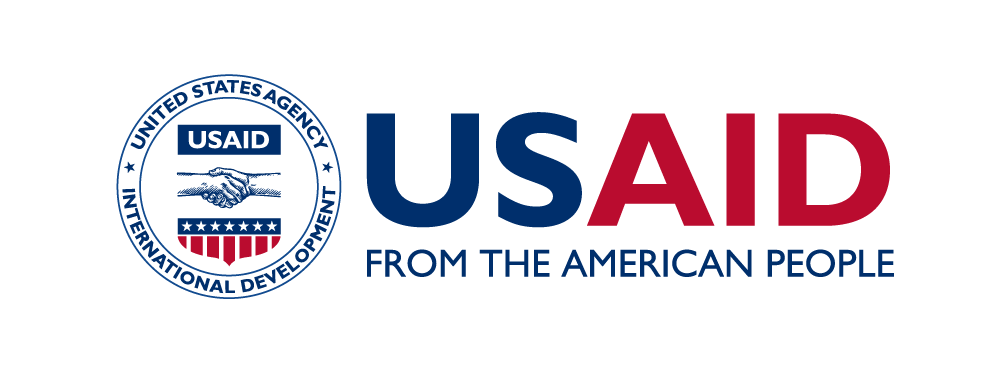Indicators for Monitoring Health Systems Strengthening Programs
The US government through USAID and other agencies supports health systems strengthening efforts to expand coverage and use of priority health services and to improve health outcomes worldwide. While there are generally accepted measures of health systems performance, there is not a single readily-available resource of health systems strengthening (HSS) indicators measured at the program level for reference when monitoring and reporting on specific HSS interventions or programs.
Experts from the HFG, CapacityPlus, and Leadership, Management & Governance (LMG) projects developed the Monitoring Health Systems Strengthening Programs: Compendium of Indicators to fill this need. Covering three of the health system building blocks as defined by the World Health Organization—health financing, human resources for health, and leadership and governance—the compendium provides a wide-ranging menu of indicators to be used by USAID, implementing partners, and other organizations when preparing monitoring and evaluation (M&E) plans for HSS programs.
The compendium draws on M&E plans of 34 USAID-funded projects that have provided technical assistance in these three areas, as well as other resources on HSS indicators. The indicators are primarily at the lower levels of the results framework for a typical donor-funded project (inputs, processes and outputs) – which is where technical assistance operates. To identify and select the indicators for inclusion in the compendium, M&E experts as well as other technical experts reviewed more than 300 indicators, including indicators already used by USAID-funded bilateral and global projects, as well as additional relevant indicators found in M&E manuals and guiding documents by USAID, PEPFAR, WHO and other organizations. The indicators selected for this compendium thus reflect activities that are common for health system strengthening projects as well as indicators required for USG reporting purposes.



